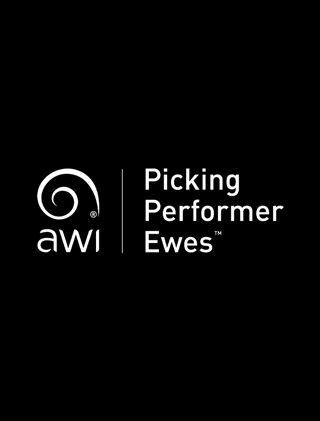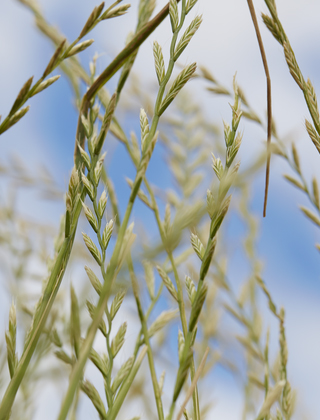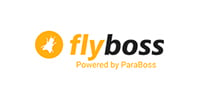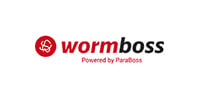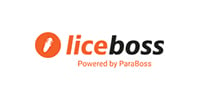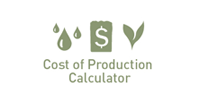Setting up for reproductive success

There are many levers growers can pull to improve the reproductive performance of their sheep to achieve the best whole-of-farm outcomes possible. There are key opportunities within all the major reproduction checkpoints along the year, such as joining, pregnancy scanning, lambing, lamb marking and weaning.
Author: James Tyson, AWI Extension TAS
AWI’s new workshop, AWI Repro Masterclass™, focuses on improving reproductive performance and important management practices throughout the annual ewe reproductive cycle.
The first of these half-day workshops have been delivered in Tasmania and NSW, diving into the latest research, benchmarks, targets, tools, key timing, and actions for reproduction success.
As well as learning about the importance of balancing enterprise priorities, the workshop covers the fundamentals of ram health and performance, conception rates, managing weaners to first joining, making the most of pregnancy scanning, joining ewe lambs, managing twin- and triplet-bearing ewes, optimising lamb survival, year-on-year improvement, and more.
A summary of the key on-farm actions for growers includes:
Ewe nutrition is the cornerstone of reproductive performance: Ewe nutrition plays a critical role in driving both ewe performance and the lifetime performance of their progeny. Sub-optimal management at any stage of the reproductive cycle, which starts at joining and proceeds through lambing, weaning, and pre-joining, has a negative impact on production. Ewes in optimum condition throughout pregnancy produce lambs with higher wool production and finer wool throughout their lives. Maintaining appropriate condition scores through strategic feed management and supplementation is vital.
Strategic condition scoring: Condition scoring is the key management tool for assessing your ewes’ body reserves and making informed feeding decisions. Achieving condition score (CS) targets is linked to improved ewe reproduction, increased progeny fleece weight and lower fibre diameter, higher lamb survival, and more effective use of feed resources. Aim for CS 3 at pre-joining, at pregnancy scanning, pre-lambing for single-bearing ewes, and ewes at weaning, with higher targets for twin- and triplet-bearing ewes (CS 3.3 and CS 3.5, respectively) pre-lambing.
Optimise pre-joining preparation for conception: Ewes in better condition at joining generally conceive more lambs, with a target of CS 3 for Merinos. The recommended optimal joining length is 35 days (5 weeks) to cover two ovulation cycles, minimising the variation in lamb age and weaning weight. Additionally, maiden ewes should be at 80% of standard reference weight (SRW) at their first joining for reproductive success. Effective ram management, including pre-joining checks and maintaining rams at CS 3.5, is also crucial for optimal conception rates.
Leverage pregnancy scanning: Pregnancy scanning at day 80–90 after the rams went into the paddock is strongly recommended for its accuracy in determining pregnancy status and litter size. This allows for differential management of ewes based on their pregnancy status and the number of lambs they are carrying, leading to improved lamb and ewe survival, reduced risks of dystocia and pregnancy toxaemia, and better allocation of lambing paddocks to prioritise feed. Benefit-cost analysis has shown a significant financial return per scanned ewe when scanning for multiples and managing according to their pregnancy status.
Best-practice lambing management: Ewe nutrition during pregnancy and at lambing significantly impacts ewe and lamb survival. Meeting condition score targets at lambing based on litter size lifts birthweight and drives lamb survival. Feed on offer (FOO) targets of 1,100 kg DM/ha green feed for single-bearing ewes, and 1,500 kg DM/ha for twin-bearing ewes, will optimise survival. The lambing environment, including shelter to mitigate wind chill and appropriate stocking rates, are also key factors positively influencing lamb survival.
Effective weaning: Timely weaning (no later than 14 weeks from the start of lambing) is crucial for both weaner health and ewe recovery for the following joining. Weaning weight is a key driver of weaner survival, with target weaning weight (TWW) of 45% of the adult ewe flock SRW being best practice. Imprint feeding (introducing young sheep to supplementary feed alongside their mothers before weaning), is recommended to teach weaners that supplementary feed is safe to eat and ensure adequate feed intake post-weaning.
Monitoring and benchmarking performance: Undertaking an annual ewe performance stocktake is useful for determining the percentage of ewes that successfully reared a lamb and identifying areas for improvement. Lamb marking is then an opportunity to collect data on lamb and ewe survival, lamb marking percentage, percentage of ewes failed to rear a lamb, and paddock performance. Utilising enterprise benchmarks can further assist woolgrowers in assessing their performance against industry standards.
AWI Repro Masterclass also presents insights from top-performing sheep enterprises regarding the strategies they employ to manage seasonal variation, including:
- Optimising time of lambing – time to manage grazing and manipulate paddocks pre-lambing
- Higher reproduction rates – more surplus sheep to sell and quicker recovery from dry years
- Feed reserves on hand – sufficient feed to supplement a failed season
- Genotype fitness/robustness – easy to care for and easier to maintain liveweight
- Time of shearing – have plan to flex time of shearing on sale sheep to enable them to be sold early
- Sell surplus sheep early – sell the surplus sheep before they reduce summer feed reserves.
More information:
wool.com/repromasterclass
If you’d like an AWI Repro Masterclass in your region, reach out to your state AWI Extension Network:
wool.com/networks






